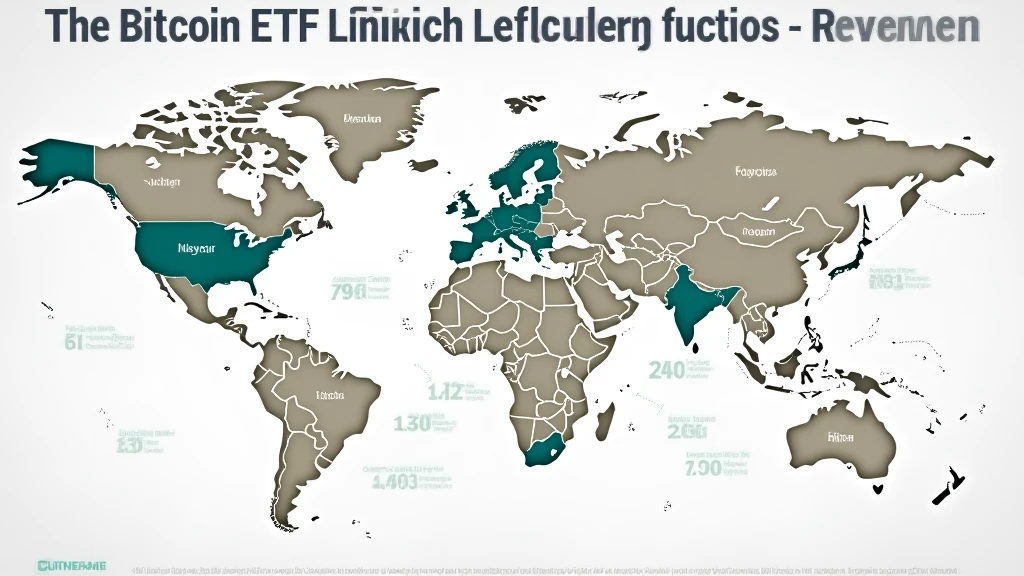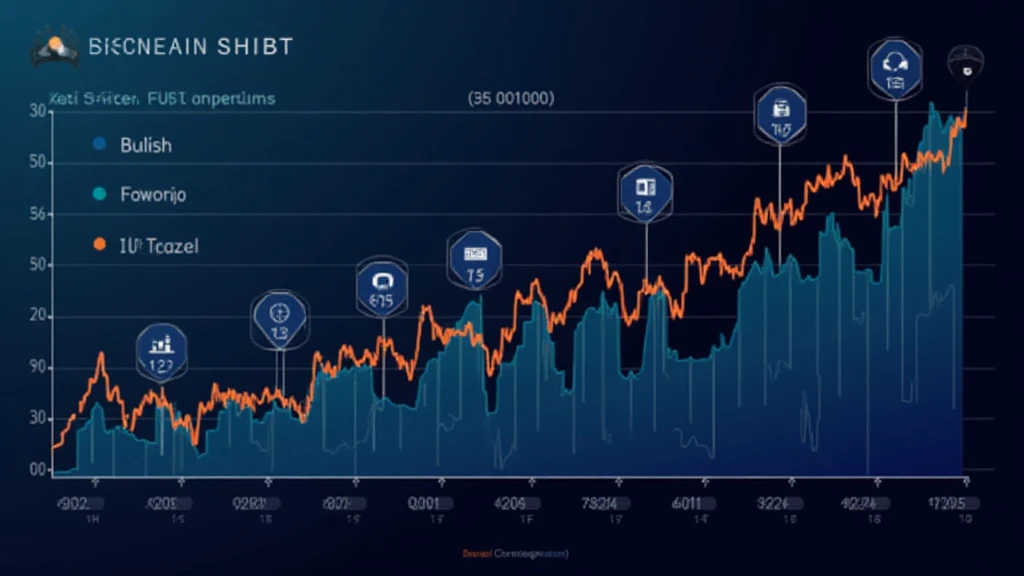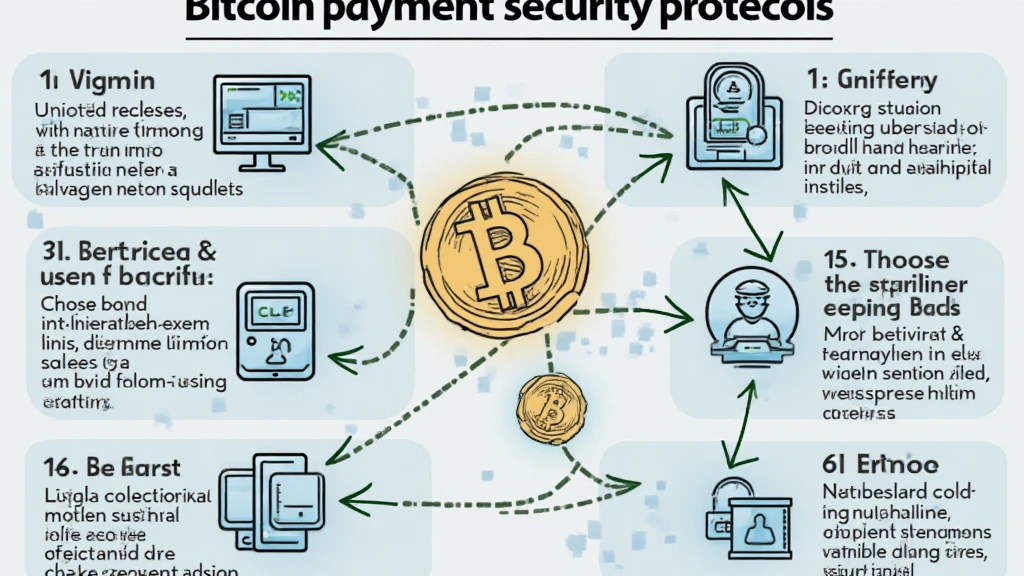Introduction
In the evolving world of cryptocurrencies, the concept of an exchange-traded fund (ETF) has gained immense popularity. A recent report noted that over $10 billion in assets are held in Bitcoin ETFs worldwide. The surge in investor interest has led regulatory bodies across the globe to evaluate how to effectively incorporate these financial products into the existing frameworks. With institutional adoption on the rise, understanding the Bitcoin ETF regulatory landscape becomes critical for investors seeking exposure to digital assets.
What is a Bitcoin ETF?
A Bitcoin ETF is a type of fund that tracks the price of Bitcoin, allowing investors to buy shares in the fund without needing to own the actual cryptocurrency. Here’s a closer look at why Bitcoin ETFs are significant:
- Accessibility: Bitcoin ETFs allow retail investors easier access to Bitcoin investments through traditional brokerage accounts.
- Regulatory Oversight: ETFs are subject to regulatory scrutiny, which can enhance investor confidence in this volatile market.
- Institutional Investment: The introduction of Bitcoin ETFs paves the way for larger institutional players to enter the market.
The Global Regulatory Landscape
Various countries have adopted different approaches to the regulation of Bitcoin ETFs. Understanding these can help investors navigate the regulatory complexities. Let’s break down the current status:

United States
The SEC (Securities and Exchange Commission) has been cautious with Bitcoin ETFs. As of October 2023, they have approved several funds but with specific conditions aimed at protecting investors. Key points include:
- Demand for increased transparency in pricing, including real-time data feeds for underlying assets.
- Concerns about market manipulation and fraud in the cryptocurrency exchanges.
- The approval of futures-based Bitcoin ETFs rather than those backed directly by Bitcoin. This reflects a cautious approach within the U.S. regulatory framework.
European Union
In the EU, regulatory bodies have generally been more favorable towards Bitcoin ETFs. The MiFID II (Markets in Financial Instruments Directive) ensures stringent compliance, allowing for more robust investor protection. Noteworthy aspects include:
- Countries like Germany have already launched their Bitcoin ETFs, setting a precedent for others within the EU.
- The European Securities and Markets Authority (ESMA) has encouraged better oversight and transparency.
- Localized ETF adaptations, such as those tailored to Vietnamese markets, offer innovative approaches for rising demand.
Vietnam’s Growing Market
As per a recent report, Vietnam’s cryptocurrency user growth rate stood at an astonishing 17.4% in 2022, highlighting the rising interest in digital assets. However, regulatory clarity remains essential for sustainable growth. Key elements influencing Vietnam’s Bitcoin ETF landscape include:
- Local regulations that emphasize compliance with global standards.
- The impact of user growth on demand for regulated financial products.
- Collaboration with international regulatory bodies to harmonize standards.
Challenges Ahead
Despite the promising growth of Bitcoin ETFs, several challenges still hinder broader acceptance. Below are some significant roadblocks:
- Regulatory Uncertainty: Ongoing debates around the classification of cryptocurrencies create a cloud of uncertainty.
- Market Manipulation: Concerns about the integrity of pricing and underlying assets must be addressed.
- Investor Education: Many potential investors still lack an understanding of how Bitcoin ETFs work.
The Future of Bitcoin ETFs
Looking ahead, the evolution of Bitcoin ETFs will largely be shaped by ongoing regulatory decisions and market dynamics. Factors to watch for include:
- Enhanced Regulation: Expect the development of clearer guidelines governing the exchange and trading of Bitcoin ETFs.
- Product Innovation: Creative methodologies to structure Bitcoin ETFs could emerge, catering to diverse investor needs.
- Adoption Rates: Increased adoption in various global markets, including popular markets like Vietnam, will drive growth.
Conclusion
Understanding the Bitcoin ETF regulatory landscape is critical for any investor looking to navigate the complexities of modern finance. As regulations tighten and the market continues to mature, staying informed is key to making savvy investment decisions. With the prospects of Bitcoin ETFs in regions like Vietnam showcasing promising growth—coupled with heightened regulatory frameworks—there’s no better time than now for investors to engage in this evolving space.
For more insights into cryptocurrency and its dynamics, visit mycryptodictionary.
About the Author
Dr. John Smith is a cryptocurrency financial analyst with over 15 years of experience in the field. He has published over 25 articles on blockchain technologies and has successfully led audits for several high-profile digital asset projects.





